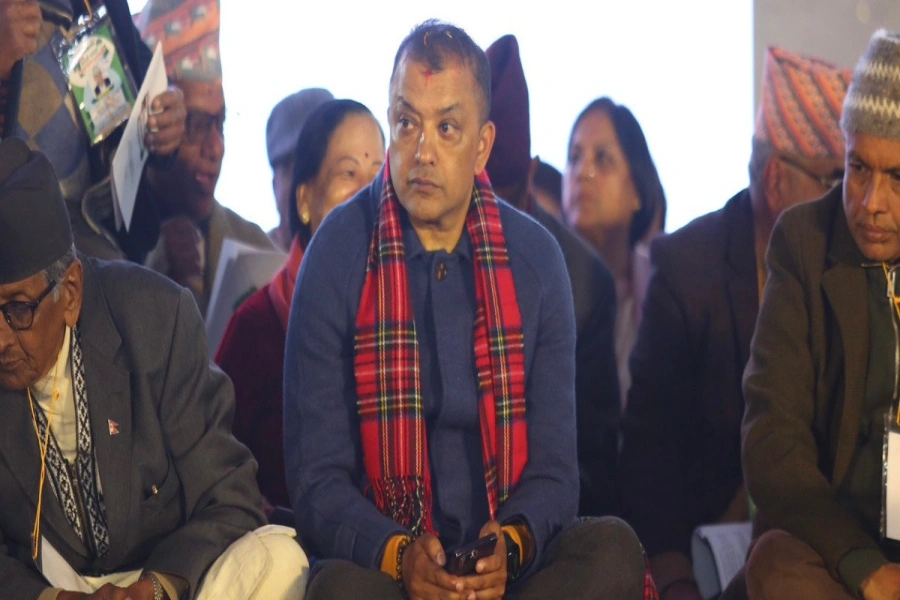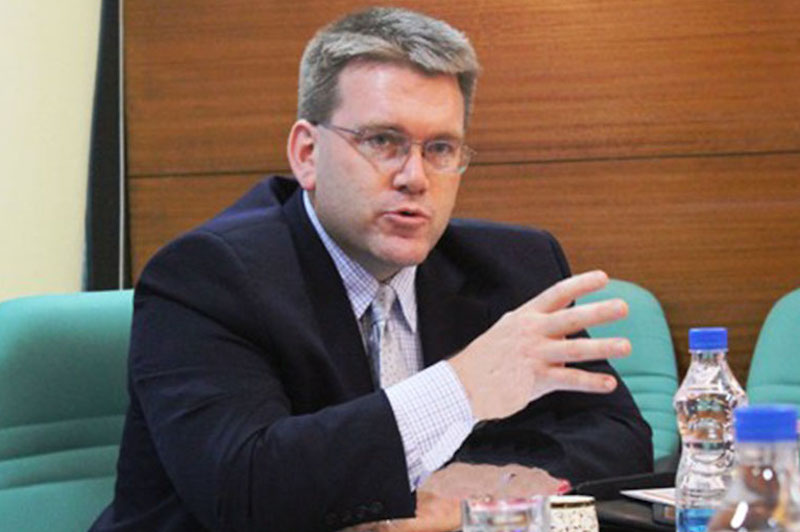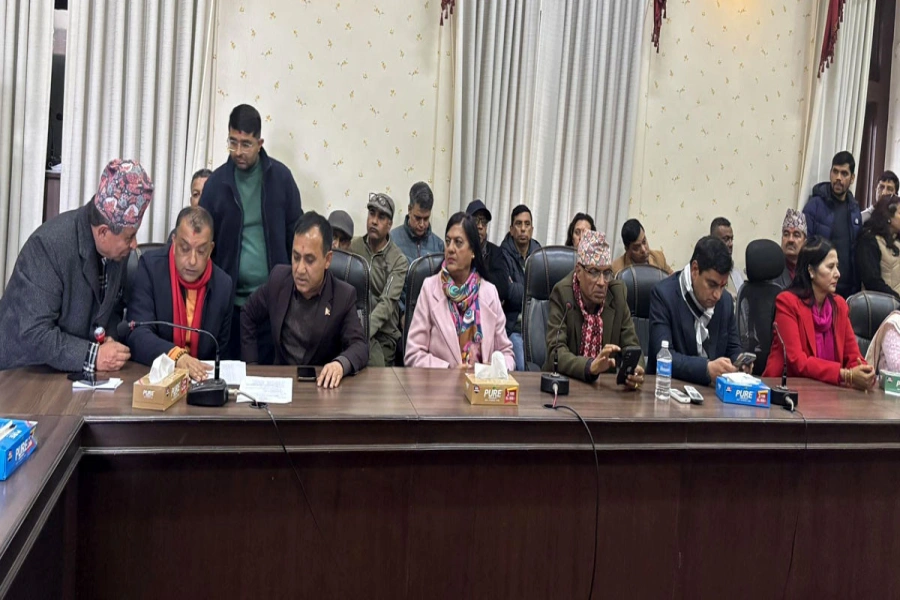Since public sector corruption and climate change vulnerability are positively correlated, no amount of climate funds, grants, or donations will be enough to significantly reduce our climate vulnerability unless public sector corruption is reduced significantly.
The University of Notre Dame publishes a climate change index called Notre Dame Global Adaptation Initiative (ND-GAIN) index. The index is calculated using data about countries’ vulnerability to climate change and their preparedness to cope with it. The latest index is calculated based on the data from 2021. The countries are ranked based on their ND-GAIN country scores. On a scale of 0 to 100, higher ND-GAIN scores denote less overall vulnerability to climate change and vice versa.
Similarly, defining corruption as ‘the abuse of entrusted power for private gain’, Transparency International (TI) publishes another annual index. The index, which is called Corruption Perceptions Index (CPI), shows the level of public sector corruption in the countries worldwide. Also on a scale of 0 to 100, higher CPI scores denote lower public sector corruption and vice versa.
Studies on the relationship between climate change vulnerability (based on the ND-GAIN scores) and corruption (based on the CPI scores) show that these two are positively correlated, i.e. countries more vulnerable to climate change have higher levels of public sector corruption. Or, in other words, countries with high levels of public sector corruption are more vulnerable to [the effects of] climate change.
SHIFT for Our Planet: Youths urge authorities to make climate j...

Nepal’s position
Regarding its vulnerability to climate change, Nepal is the 51st most vulnerable country and the 116th most ready country, out of 185 countries included in the analysis. The ND-GAIN index puts Nepal in the category of countries with a high level of climate change vulnerability but a low level of readiness to cope with the changes, with a score of 43.5 (out of 100) which is even below the global average score of 49.6. Similarly, in the latest CPI (2023), Nepal scored 35 points (out of 100), which is far lower than the global average score of 43. This score is just 4 points more than its score exactly a decade ago, in 2013. This shows that no significant reduction in public sector corruption has been observed in Nepal in the last decade. The country’s high level of public sector corruption and its high vulnerability to climate change also justify the relationship mentioned above.
Our current climate discourses
There’s not a single (related) event where Nepal does not mention its vulnerability to climate change and the ‘disproportionate’ effects it has to bear because of that. Recently, be it the President’s speech during the Inaugural Forum of the Global Coalition for Social Justice or the Prime Minister’s speech during the third replenishment meeting of the International Development Association (IDA21), they stressed the need for more financial help to ensure climate justice for climate vulnerable countries like Nepal. True, we have become victims of climate change that we are least responsible for, and fighting for justice or asking for help to improve resilience / to reduce vulnerability is not irrational. But in such events, they never utter a word about internal factors, such as corruption, that may also be increasing the country’s vulnerability to climate change and increasing (climate) injustice within the country.
It has already been more than two decades since we started highlighting the climate change impacts we have been bearing, the vulnerability and the increasing risks we have been living with, and the need for more help from the so-called developed world. But even now, the climate change discourses are only revolving around bringing more aid and donations from the developed world. Internal factors that also might be increasing the severity of impacts, and increasing the vulnerability are never ever discussed. No mention of the correlation between vulnerability and public sector corruption in any discussions means that Nepal is not even thinking about the issue, let alone acknowledging the interrelationship and making plans to address it.
Summary and way forward
Correlation is not causation; climate change and the country’s vulnerability are not caused by corruption but “corruption weakens our resilience to climate change, increasing our societies’ vulnerability to it, and therefore threatens human lives, which in turn fuels corruption”. That means, as a strong catalyst, corruption is a barrier to reducing the country’s vulnerability to climate change. Without significantly reducing the country’s public sector corruption, no amount of funds, grants, or donations will be enough to effectively and significantly reduce our climate vulnerability.
A number of cases investigated by the Climate Governance Integrity Programme of the Transparency International also show how corruption is one of the major barriers in the fight against climate change. Resources to fight corruption are still needed but a number of corruption cases can be presented which can be solved simply by effective leadership and willpower. For example, appointing universities’ vice chancellors based on political quota, putting aside their capabilities and academic qualifications, is not made obligatory by climate change. Climate change does not push this government to issue fake driving licenses to its citizens or to stop its bureaucrats from doing so. Climate change, in general, does not affect the government’s ability to detect and stop dozens of kilograms of gold from easily passing in/out of a metal detector already available in the airport! These are only a few examples. I do not see climate change preventing any government from tackling these issues; strong willpower and effective leadership are enough. And we do not need to wait for climate finance to tackle these various forms of corruption. Instead, tackling such forms of corruption and investing the saved resources to build climate-resilient infrastructures will help to reduce climate vulnerability.
Hence, we first need to acknowledge that internal, public sector corruption could be one of the culprits to our high climate vulnerability. Research should be conducted to find out how much public sector corruption is responsible for that. During the ‘climate talks’ the impacts of rampant corruption on climate vulnerability should be discussed publicly and ideas to address the issue should be looked for. Without global efforts to mitigate climate change, i.e. without reducing GreenHouse Gas (GHG) emissions, and national efforts to curb public sector corruption internally, significant achievements in reducing our country’s climate vulnerability seem less likely.






































